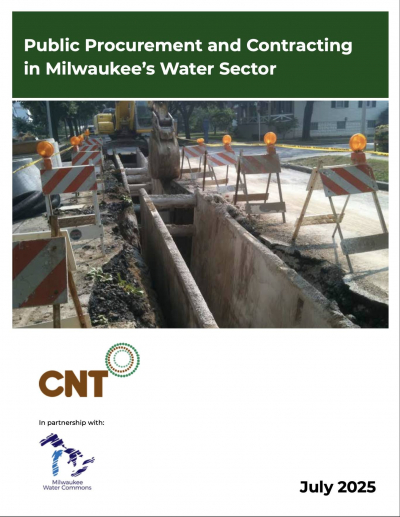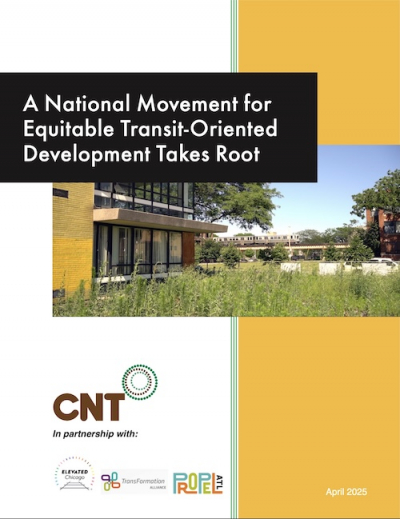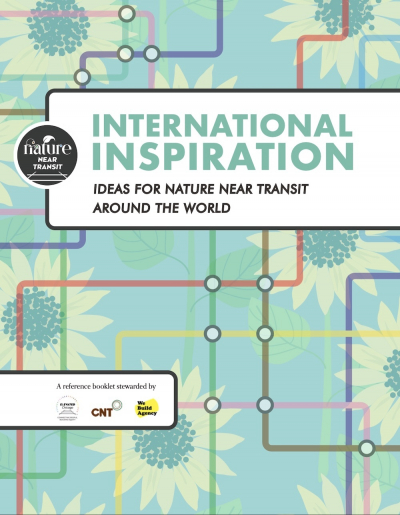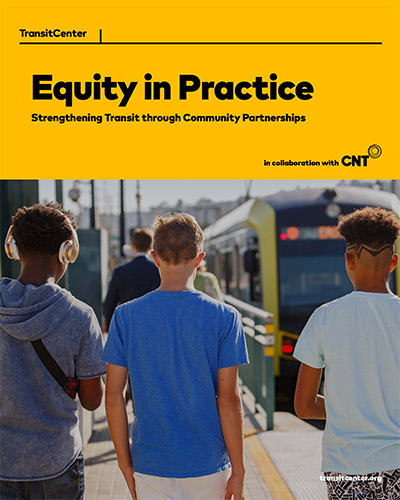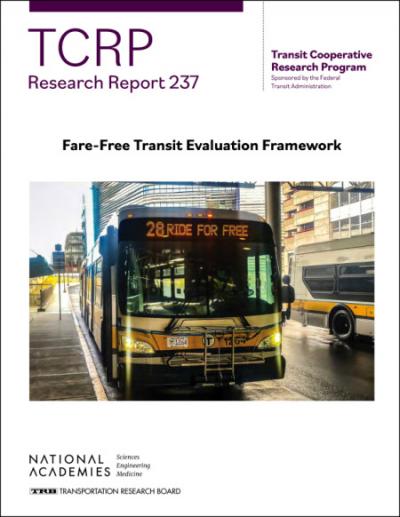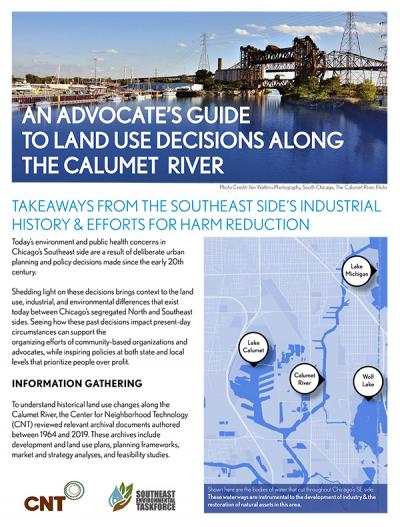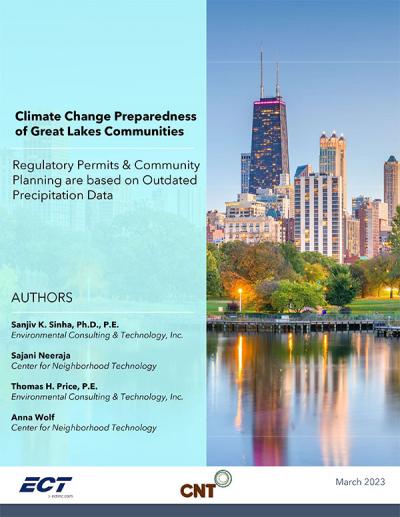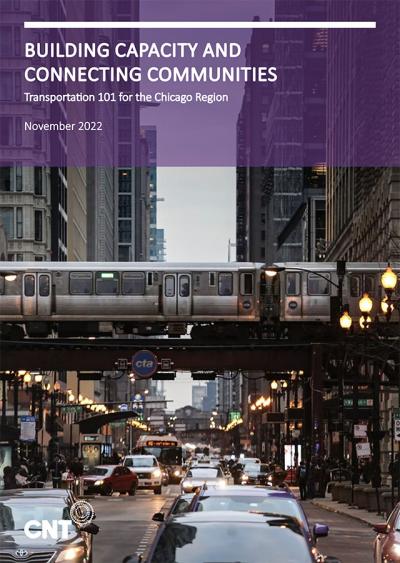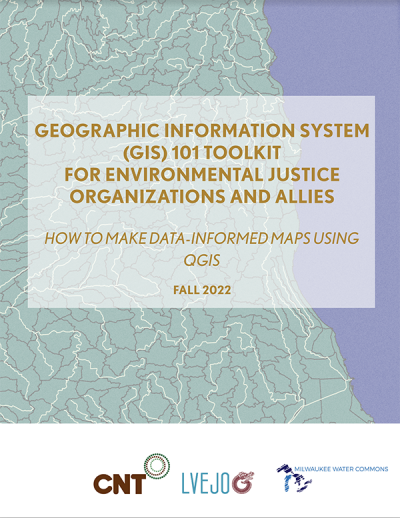-
Who We Are
About CNT
Center for Neighborhood Technology is a leader in promoting more livable and sustainable urban communities.
-
What We Do
We make cities work better
CNT delivers innovative analysis and solutions that support community-based organizations and local governments to create neighborhoods that are equitable, sustainable, and resilient.

“CNT knows where the world is headed and they’re thinking innovatively on how we can go there in a sustainable fashion.”
~ Jannice Newson, Elevated Chicago
-
Our Work
Project Spotlight
DAC Mapping Tool
The DAC Mapping Tool highlights state-defined disadvantaged communities (DACs) under the Drinking Water State Revolving Fund (DWSRF) program in six Great Lakes states. It helps users understand how states define DACs and who benefits from DWSRF funding. -
Publications
Recent Publications
-
Stories
Latest PostsNovember 20, 2025October 25, 2025August 24, 2025

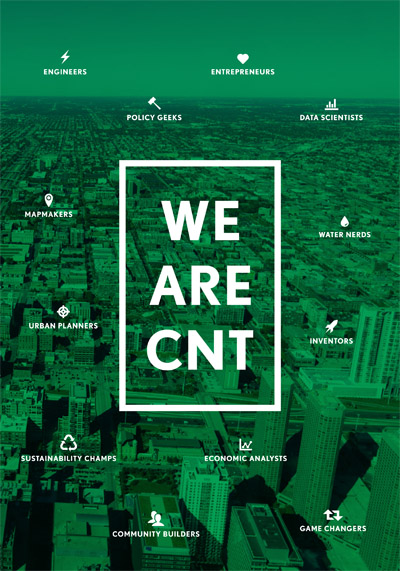
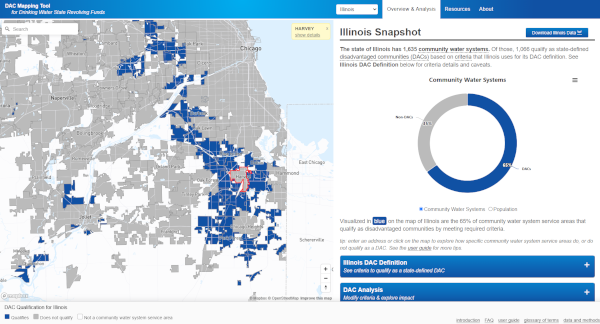
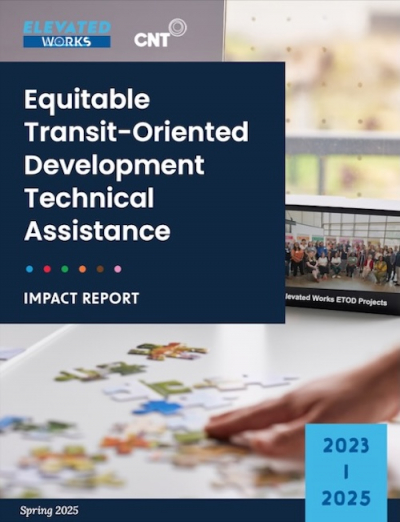
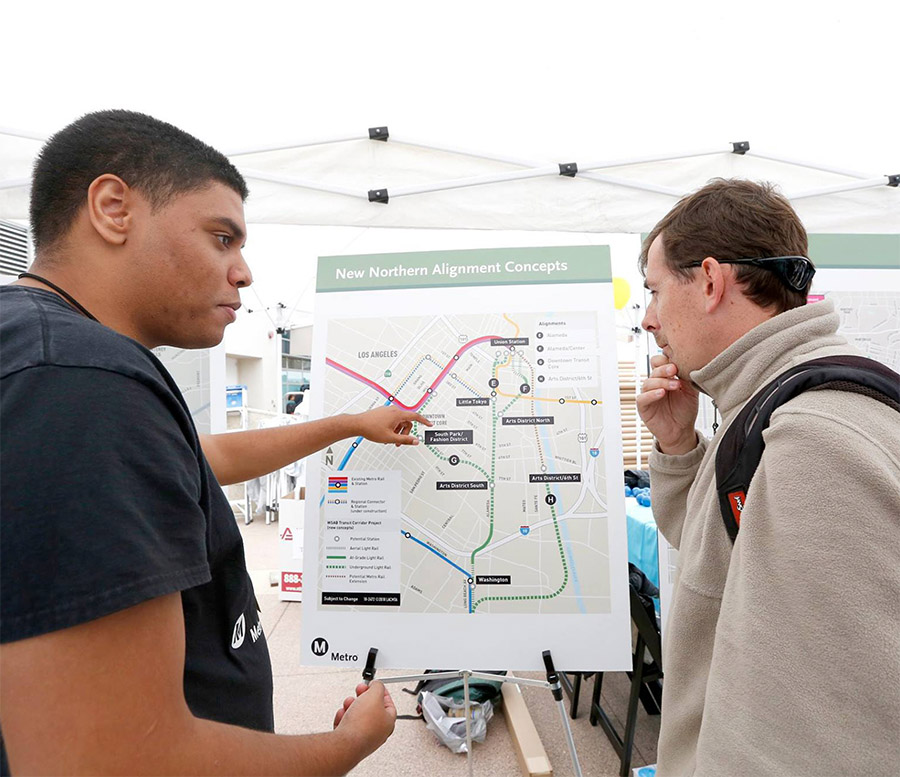 Strengthening Transit Through Community Partnerships
Strengthening Transit Through Community Partnerships